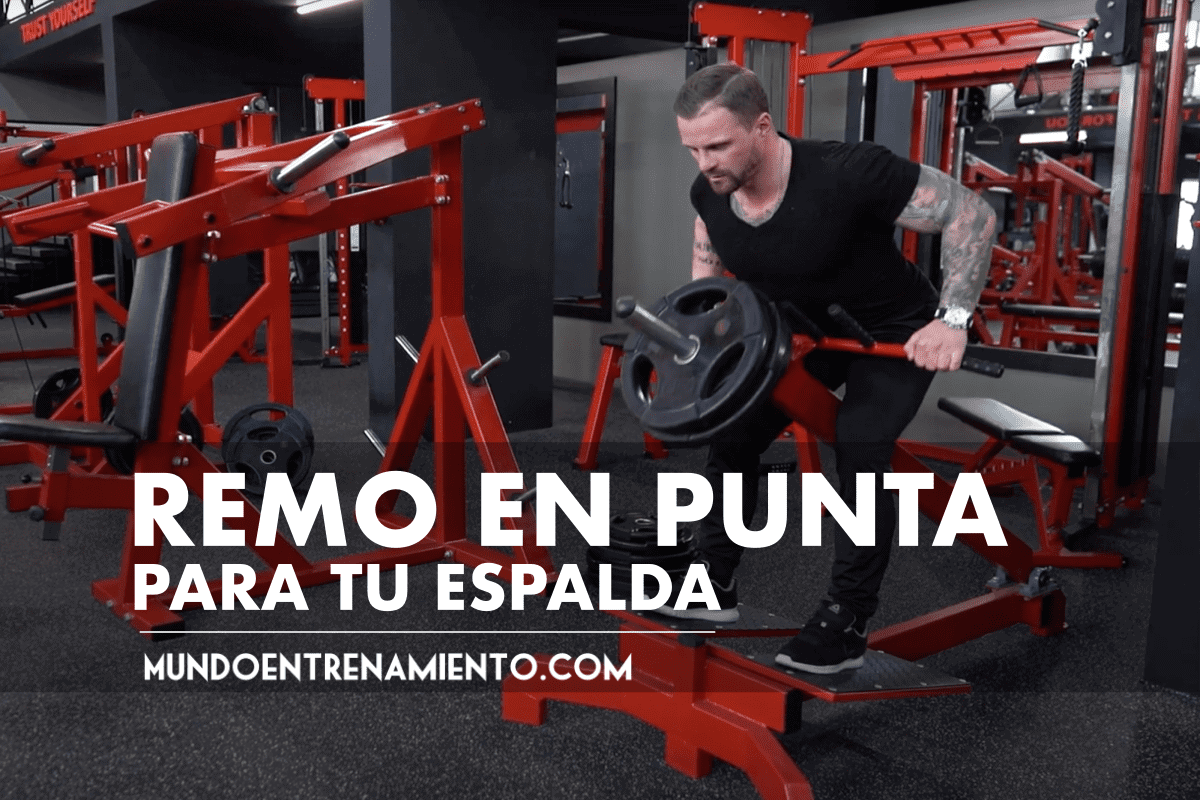In this article, we are going to analyze one of the most complete exercises for working the back: the t-bar row or t-bar row with bar.
We will see which muscle groups this exercise involves and how it should be performed to avoid common mistakes that could injure you while executing it.
If you are interested in learning more about back exercises, you can click on these articles, where we have analyzed the barbell row or the dumbbell row.
What muscles does the t-bar row work?
The t-bar row is an upper body exercise that focuses on working the dorsal area, specifically the trapezius, posterior deltoid, infraspinatus, teres major, teres minor, and latissimus dorsi. It also requires activation of the pectoralis major and brachialis to a lesser extent.
If we change the grip of the bar and let the palms be in a supine position (facing up), then part of the activation will shift to the biceps brachii and the upper trapezius, especially at the end of the movement.
It is important to note that this is a compound exercise, as it involves a large number of muscles.
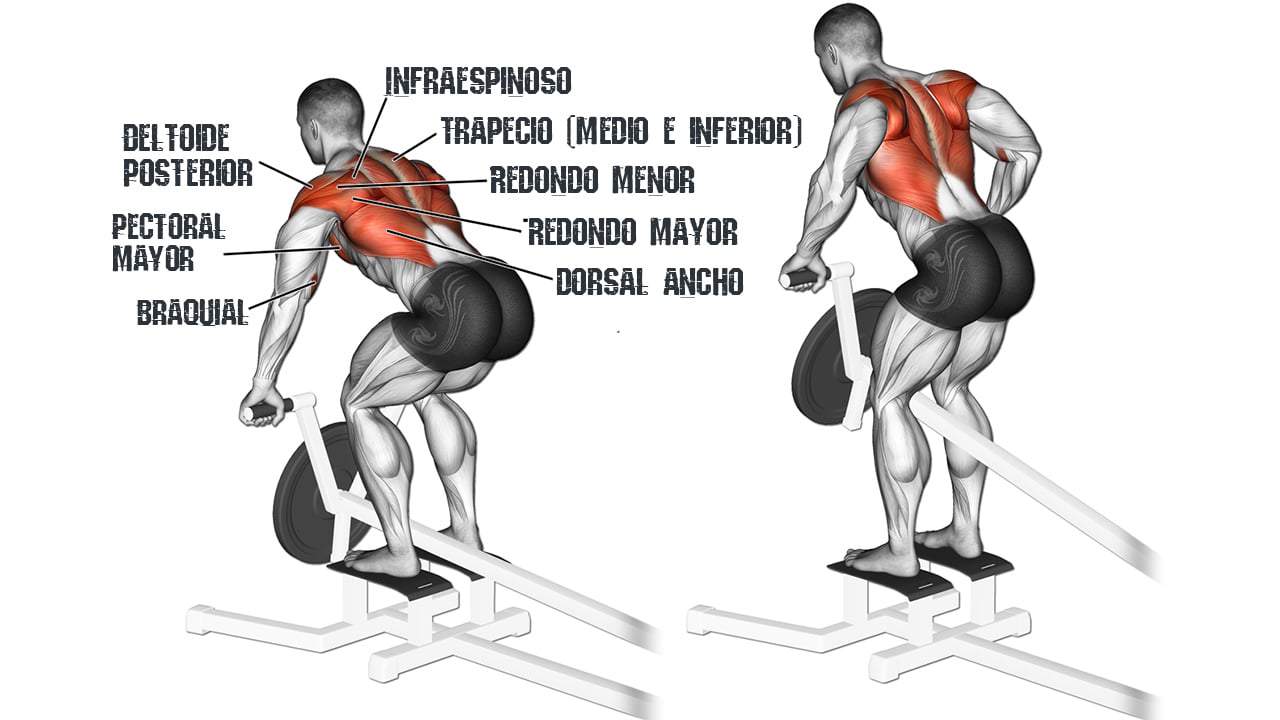
How to do the t-bar row?
Next, we will detail the technique of the t-bar row:
- The first step is to position yourself properly with a straight back and the t-bar in the middle of your legs.
- Next, we must grip with the palms facing down (if we do a pronated grip) and keep the elbows close to the body, not separating them excessively.
- With the back upright and maintaining activation, we will perform the contraction without lifting the chest from the surface area. We will not perform jerks and will maintain control of the movement in both the concentric and eccentric (braking) phases.
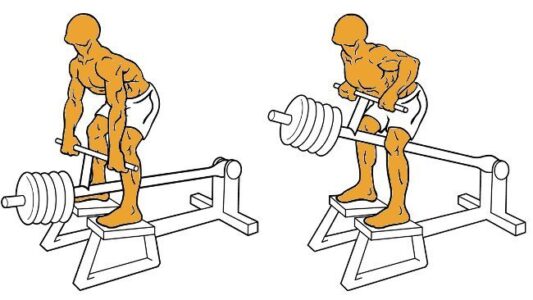
Common mistakes in the t-bar row
The t-bar row has several common mistakes that we can fall into if we do not take care of the exercise technique.
- Lifting the chest from the support area: this mistake usually leads to a curvature of the lumbar area, which facilitates the concentric phase of the exercise. However, we must avoid movements in the back to prevent injuries. The back must be straight and form a 45-degree angle with the rest of the body.
- Performing abrupt movements without executing a controlled movement.
- Excessively separating the elbows is another common mistake in this exercise. Make sure your elbows stay slightly close to the body and do not separate them from the body.
- Not protracting the scapulae at the lowest part of the exercise: it is advisable to fully stretch the muscles of your back when the bar is touching the ground, so the range of motion will be complete and the exercise more effective.
Where to perform the t-bar row?
One of the first options is that your sports center has a specific machine for this exercise. The less guided and more interesting for advanced users would be the so-called Seal Row.
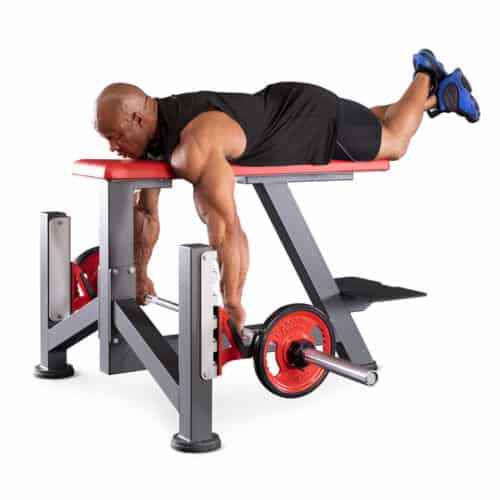
This is not a common machine in sports centers, but it undoubtedly allows exceptional work on the dorsal part of our torso. Here we can see a graphic example.
[article ids=”64703″] However, it is more common to find the guided t-bar row machine. In this machine, the exercise is more guided, but we must still consider the aspects we have previously listed to ensure correct technique.
The machine we see in the image does not have support for the chest area, so we must keep the legs slightly bent and a correct support of both feet on the platforms; always taking care of the back position.
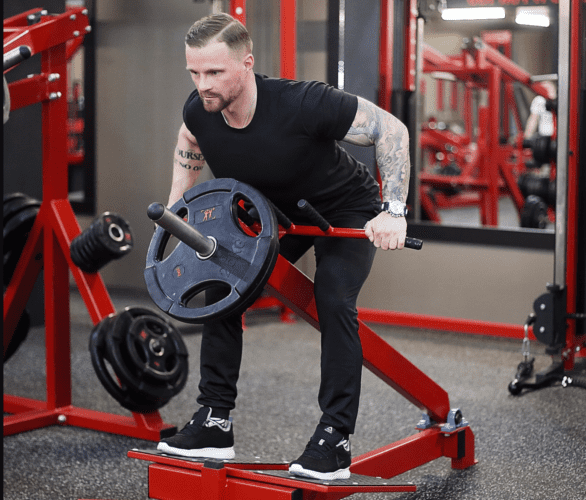
In the lower image, we can observe the t-bar row machine with support for the front part of our body, which greatly facilitates the posture and, in turn, facilitates execution for less advanced individuals.
This exercise involves less activation of the core area, but it undoubtedly allows good concentration and activation of the latissimus dorsi and trapezius area.
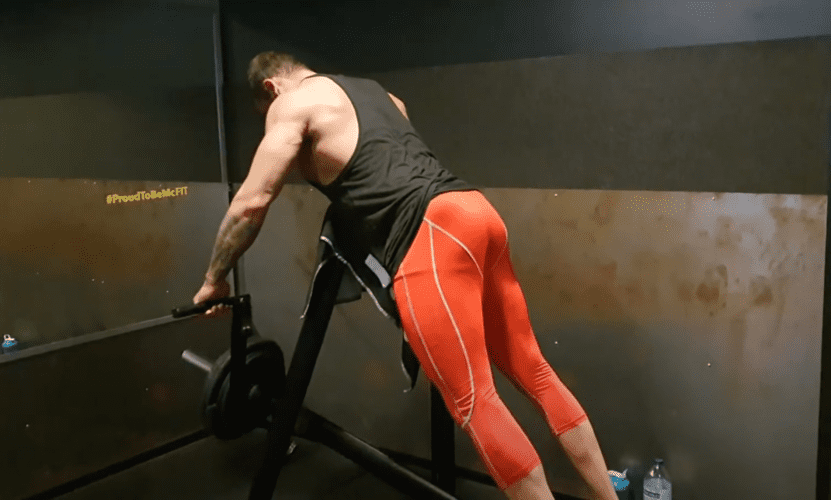
Another option is that your gym has a support to insert one end of the bar (figure 5). This is increasingly common in gyms, especially in those that do not have a t-bar row machine.
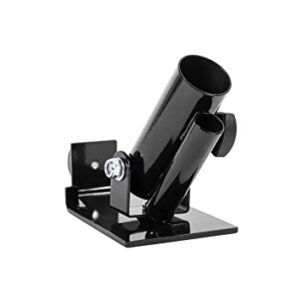
If none of the previous options are available, you can perform a t-bar row, the accessible option for everyone is using an Olympic bar and supporting one end of it on a disc. If we place the end of the bar supported in the corner and put a disc on top, we will make it very stable and simulate the previously mentioned instrument.
Interactive test on strength training
Before continuing with the reading, we encourage you to take this test to test your knowledge about strength training. Do you dare? We anticipate that if you take it, you will have a final reward.
Bibliographic references
- Palfrey, M (2012). Sandbag fitness. The complete guide to sandbag training. Sandbag Fitness.
- Boyle M. (2012). Advances in Functional Training: Training Techniques for Coaches, Personal Trainers and Athletes.
- Cook G., Burton W., Kiesel K., Rose G., Bryant M.F.(2012). Movement: Functional Movement Systems – Screening, Assessing, Corrective Strategies On Target Publications. The Journal of the Canadian Chiropractic Association. (link)
- Janda, V., & Jull, G. (1996). Muscles and motor controlinlow back pain. Barcelona: Paidotribo. (link)
- Frederic Delavier.(2012) Guide to Muscle Movement. Paidotribo; Edition: 6.
